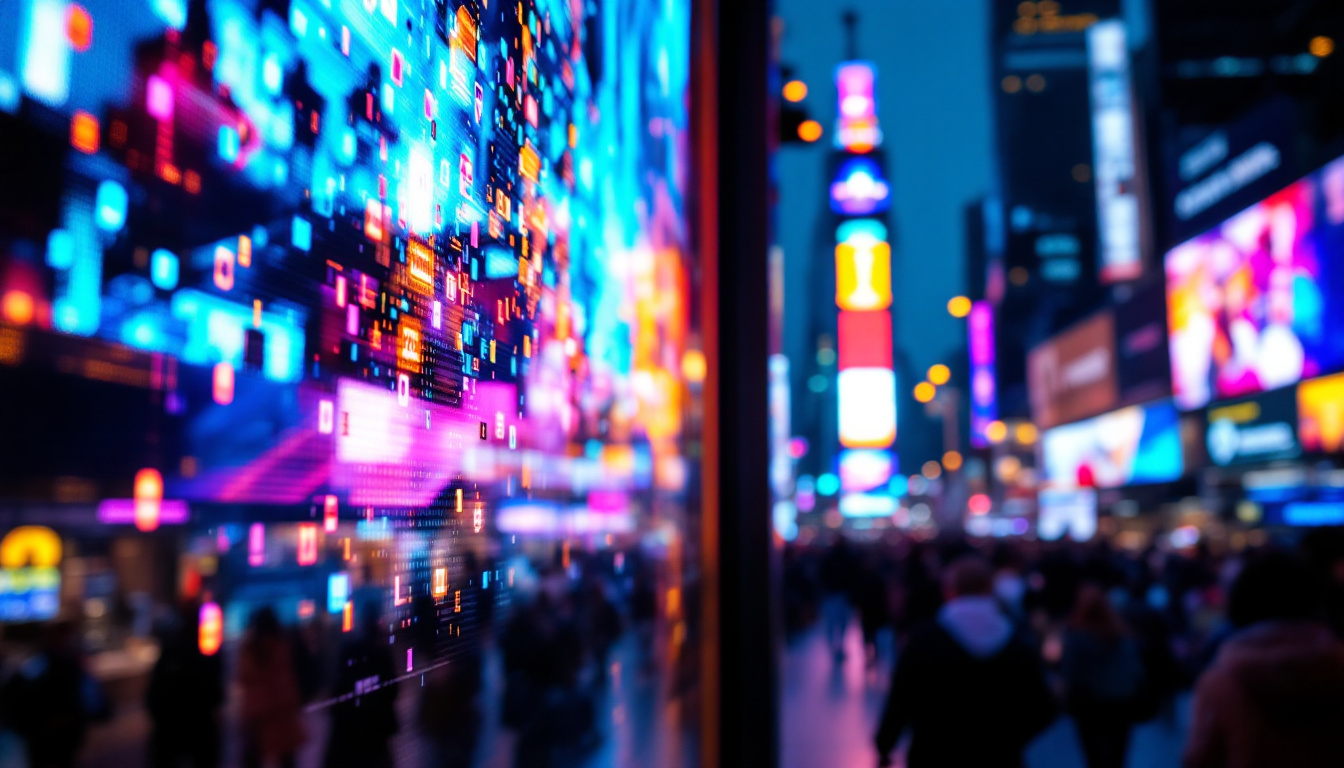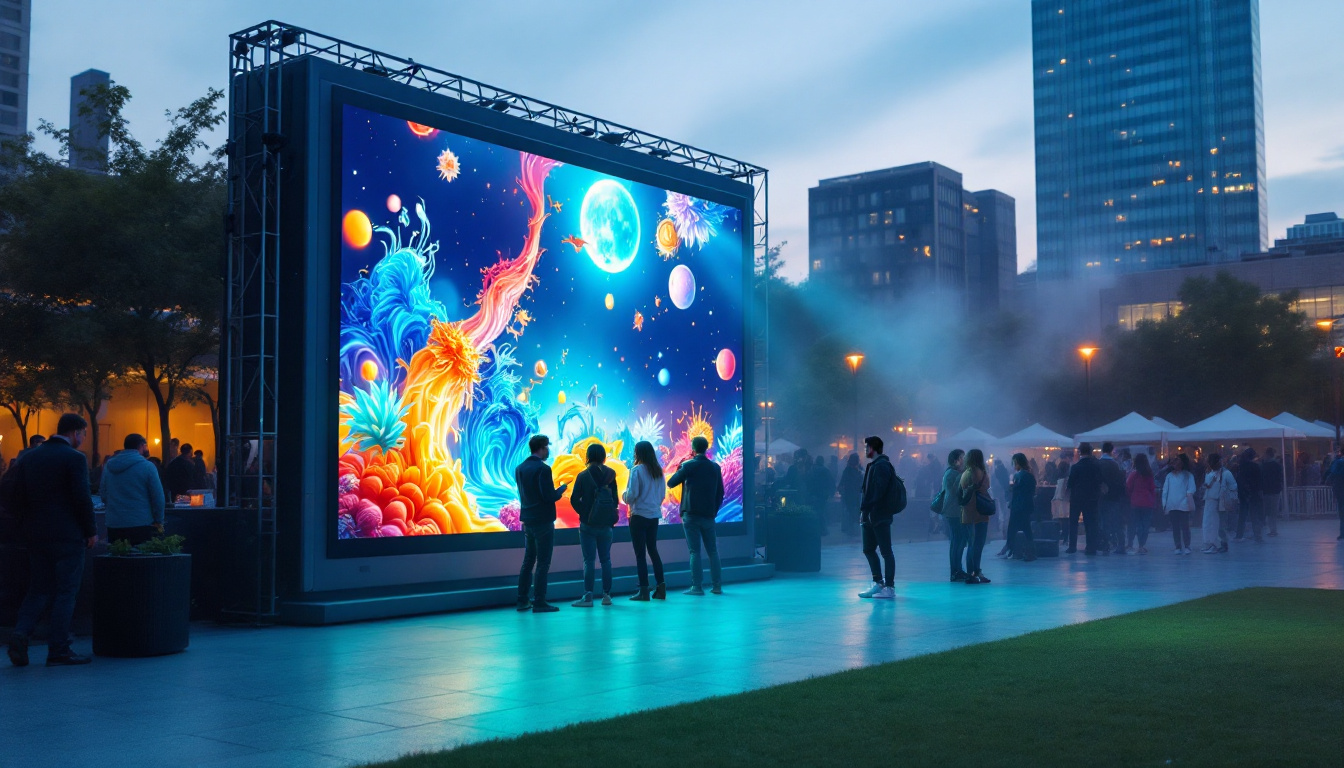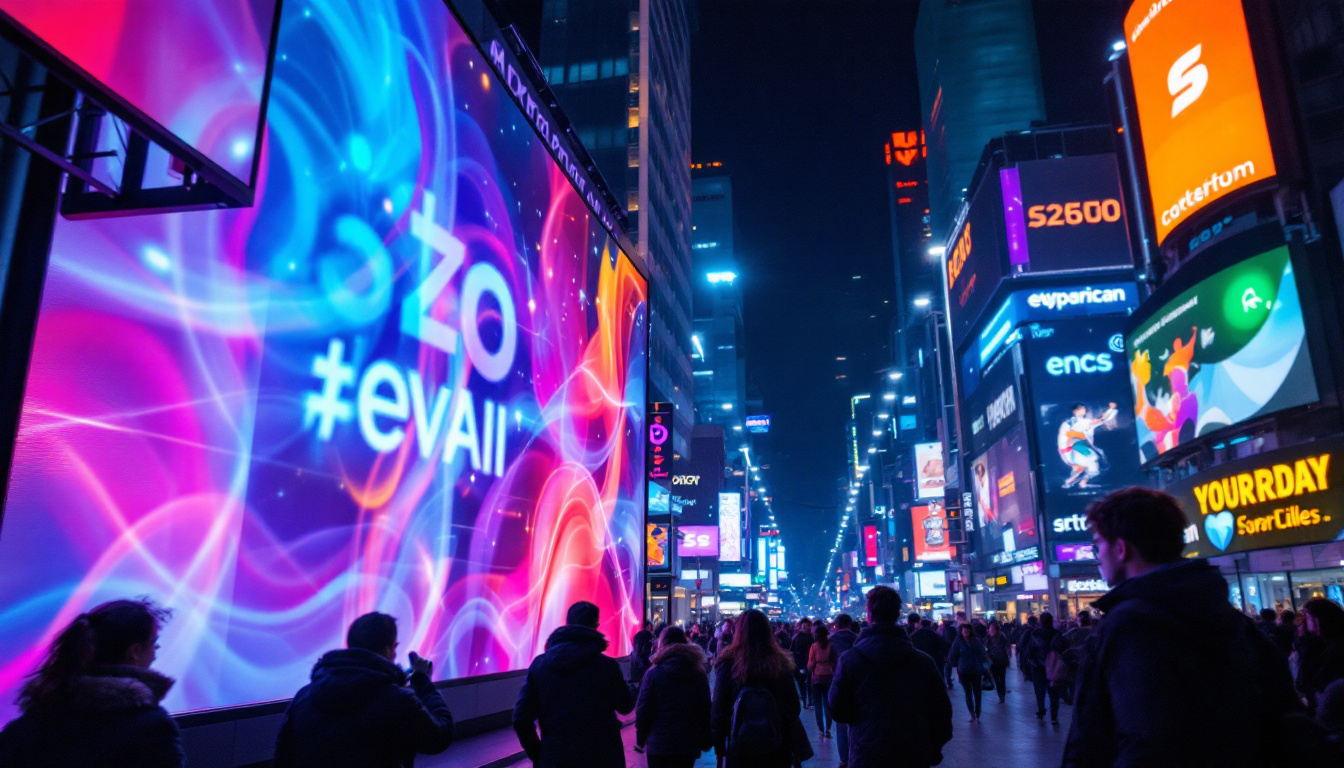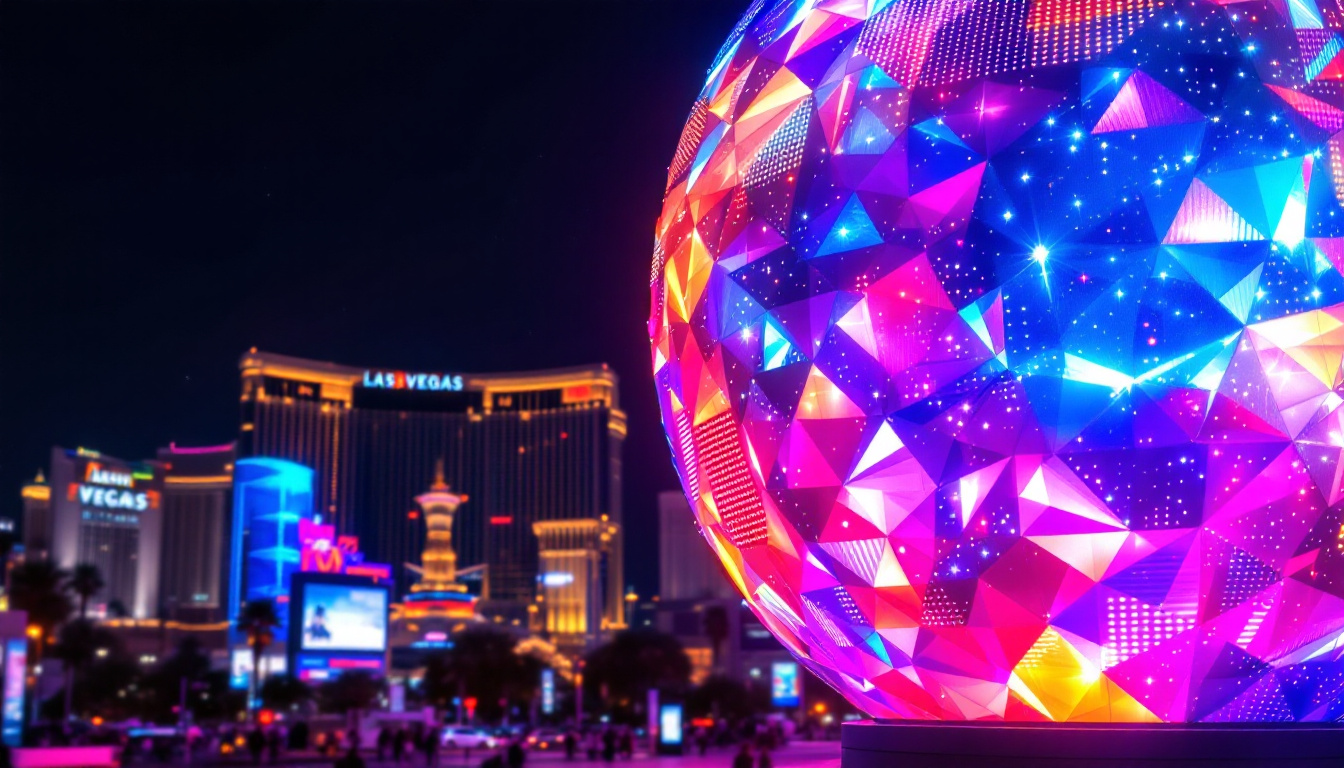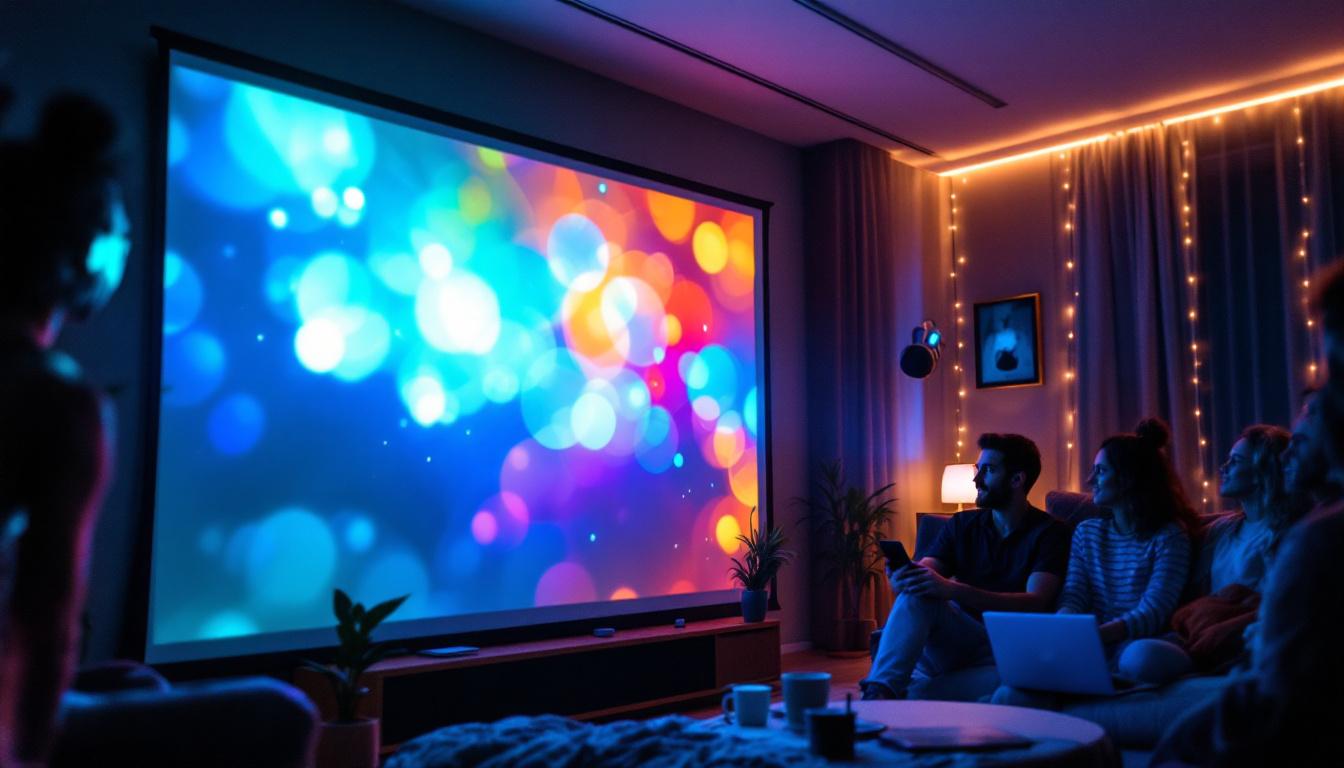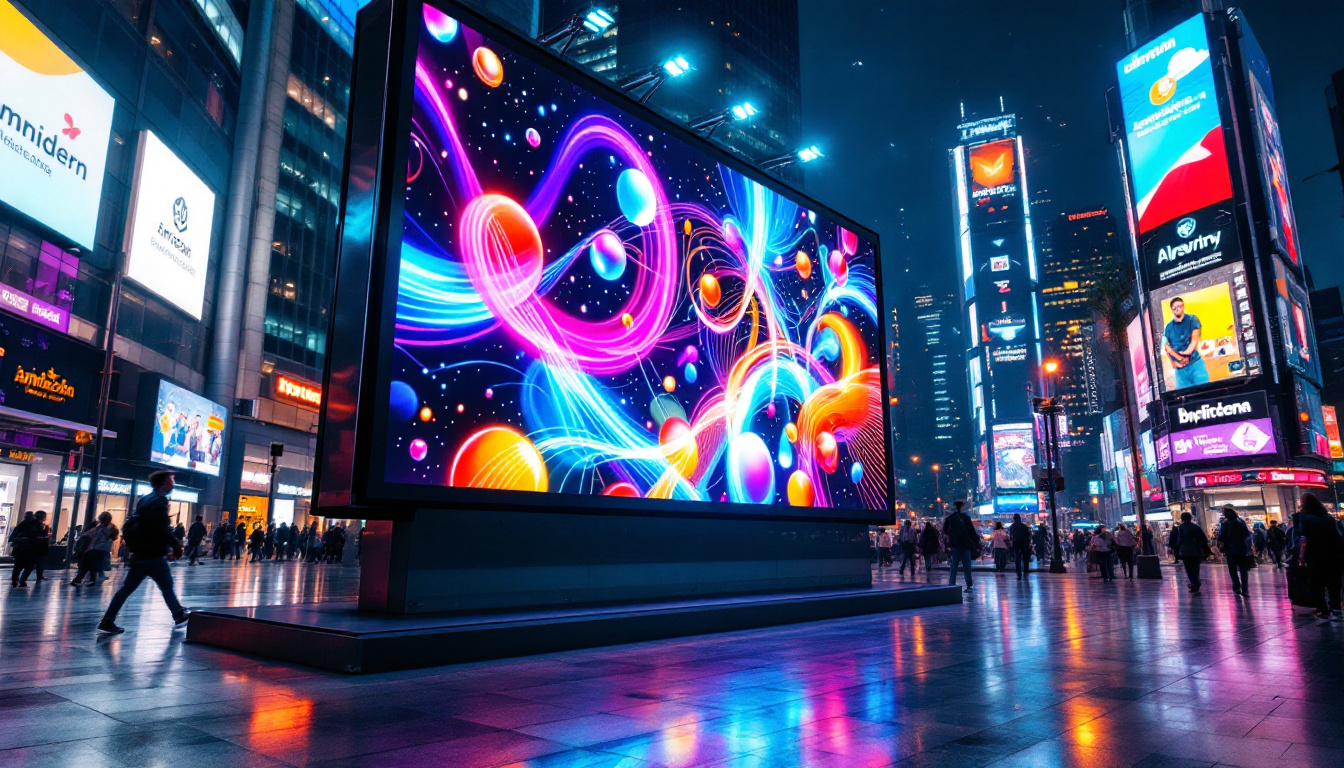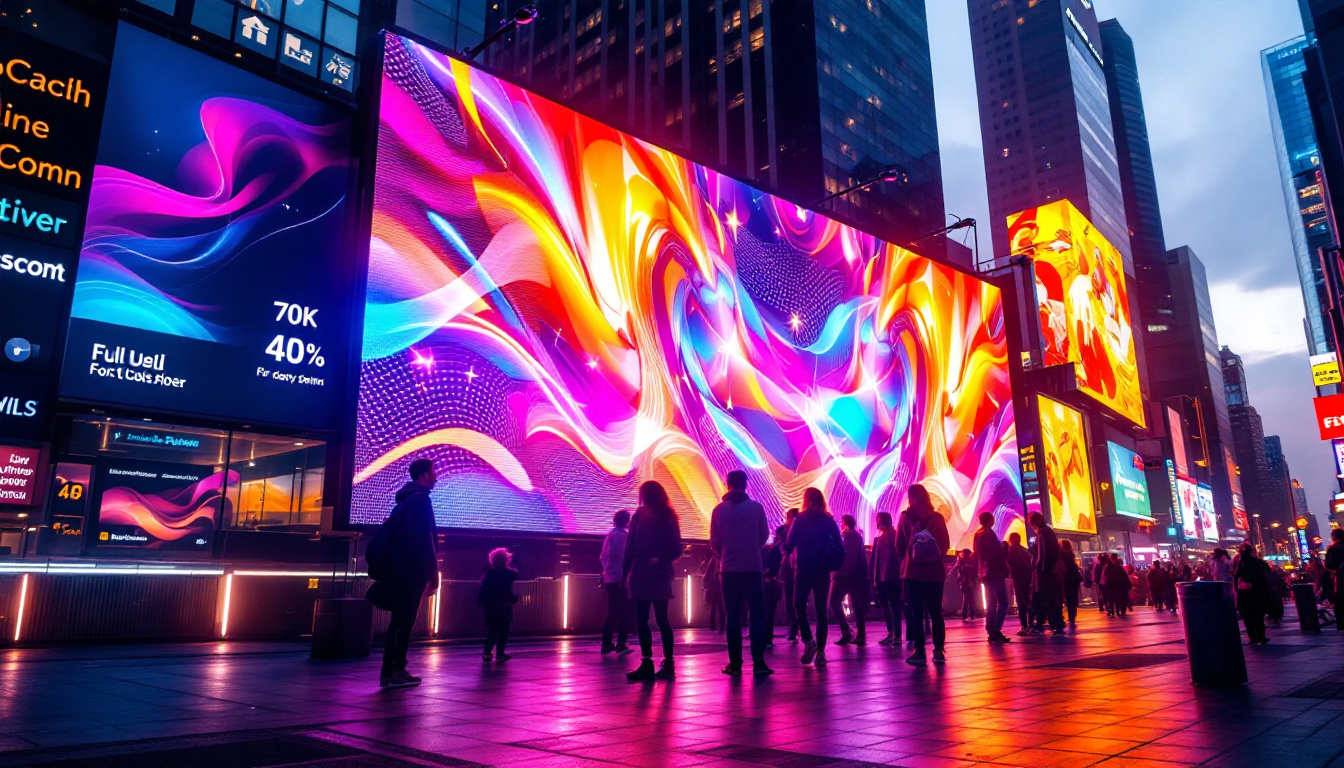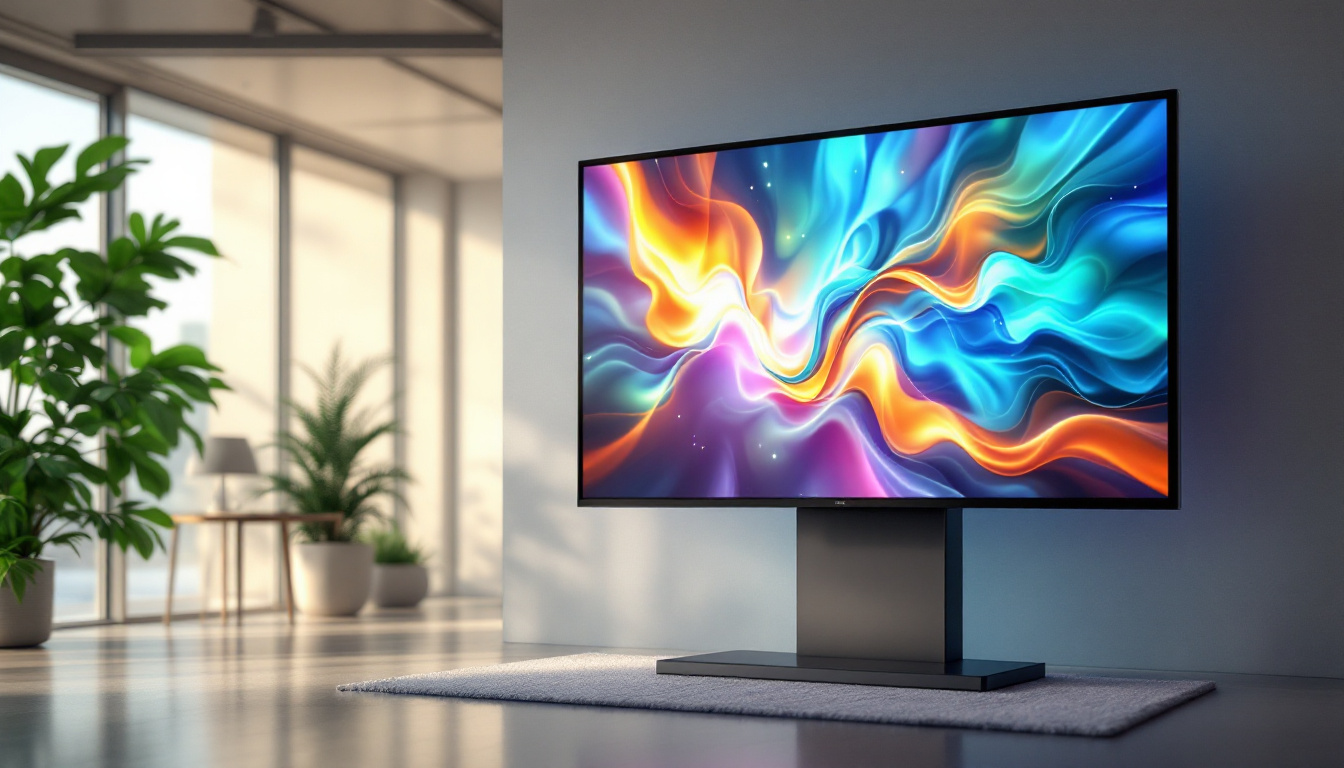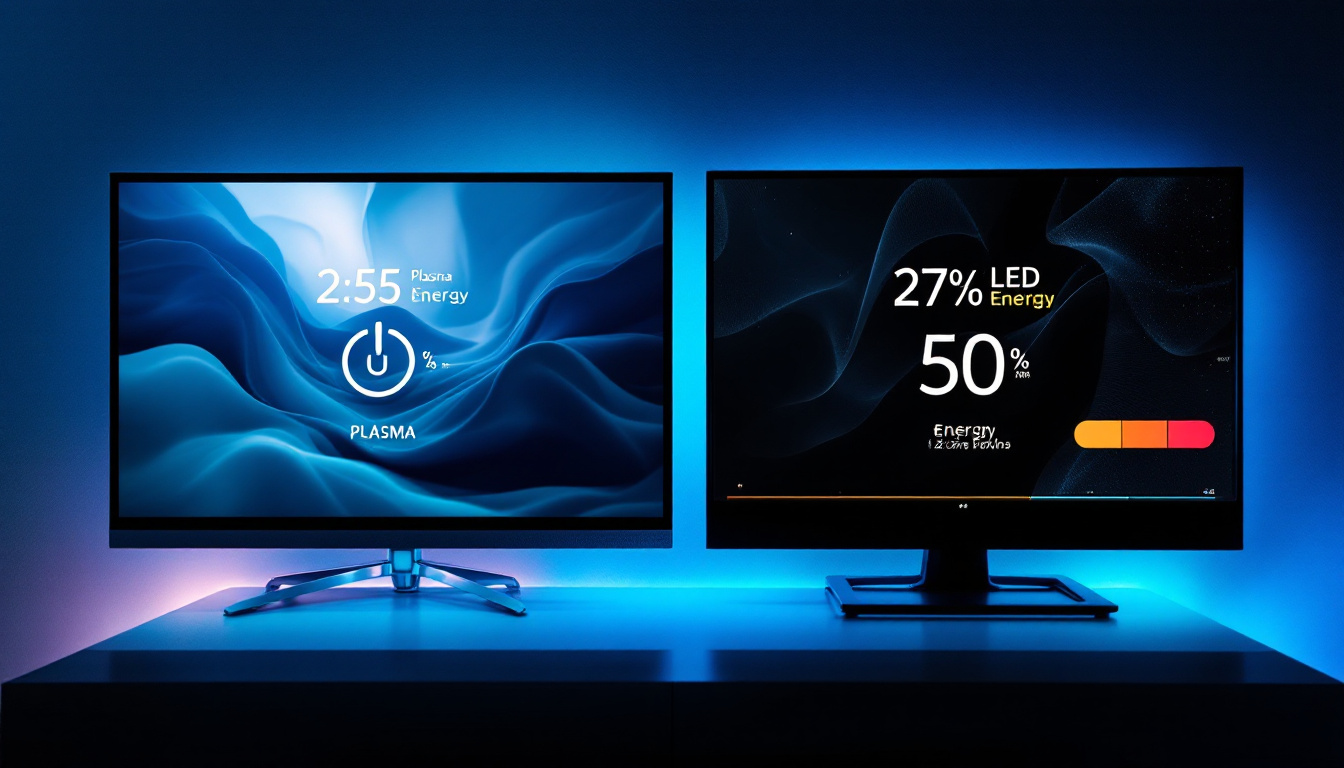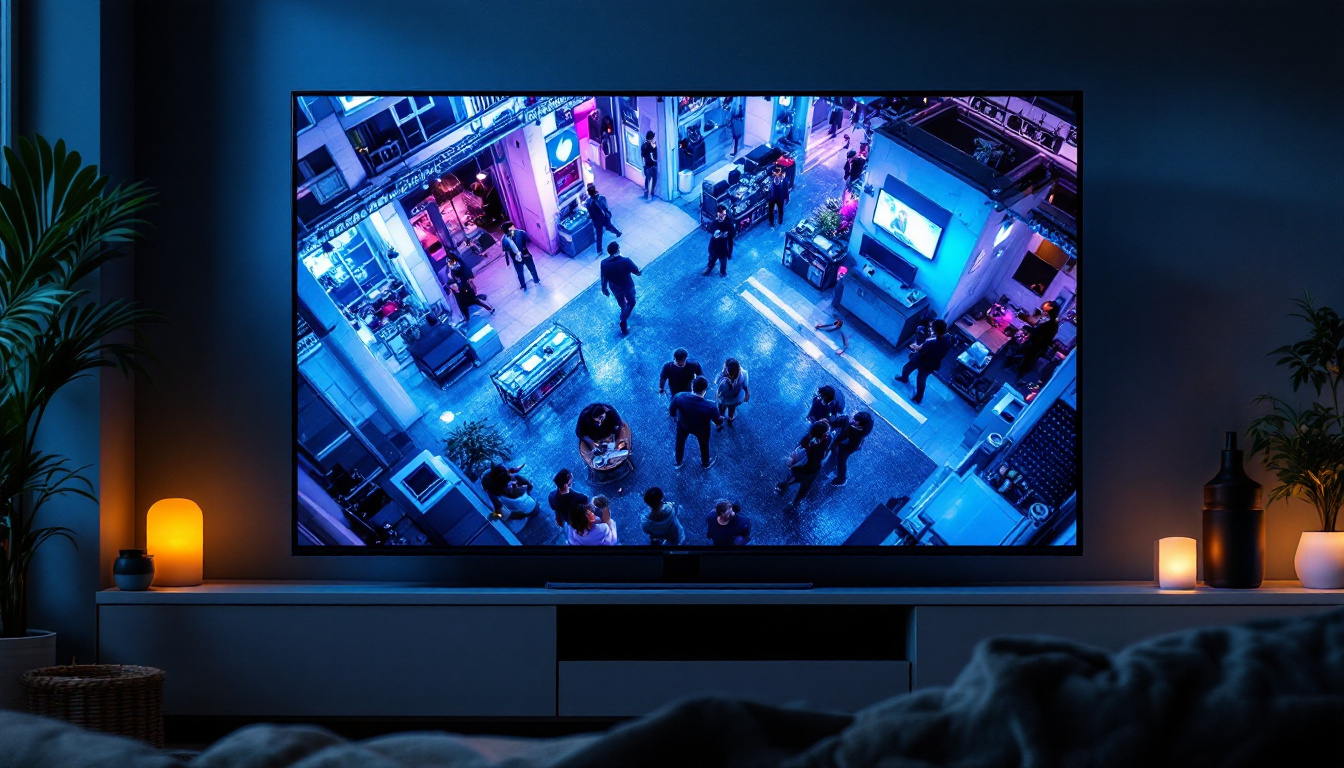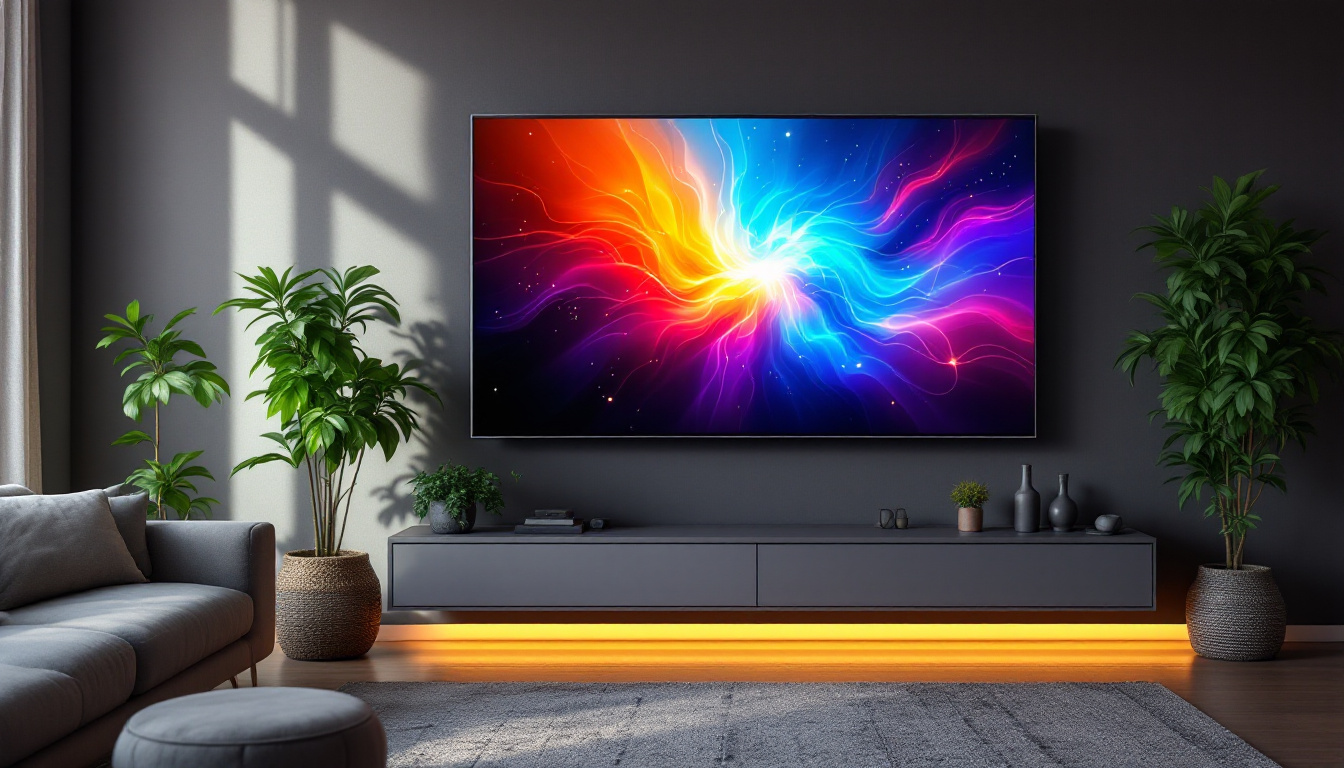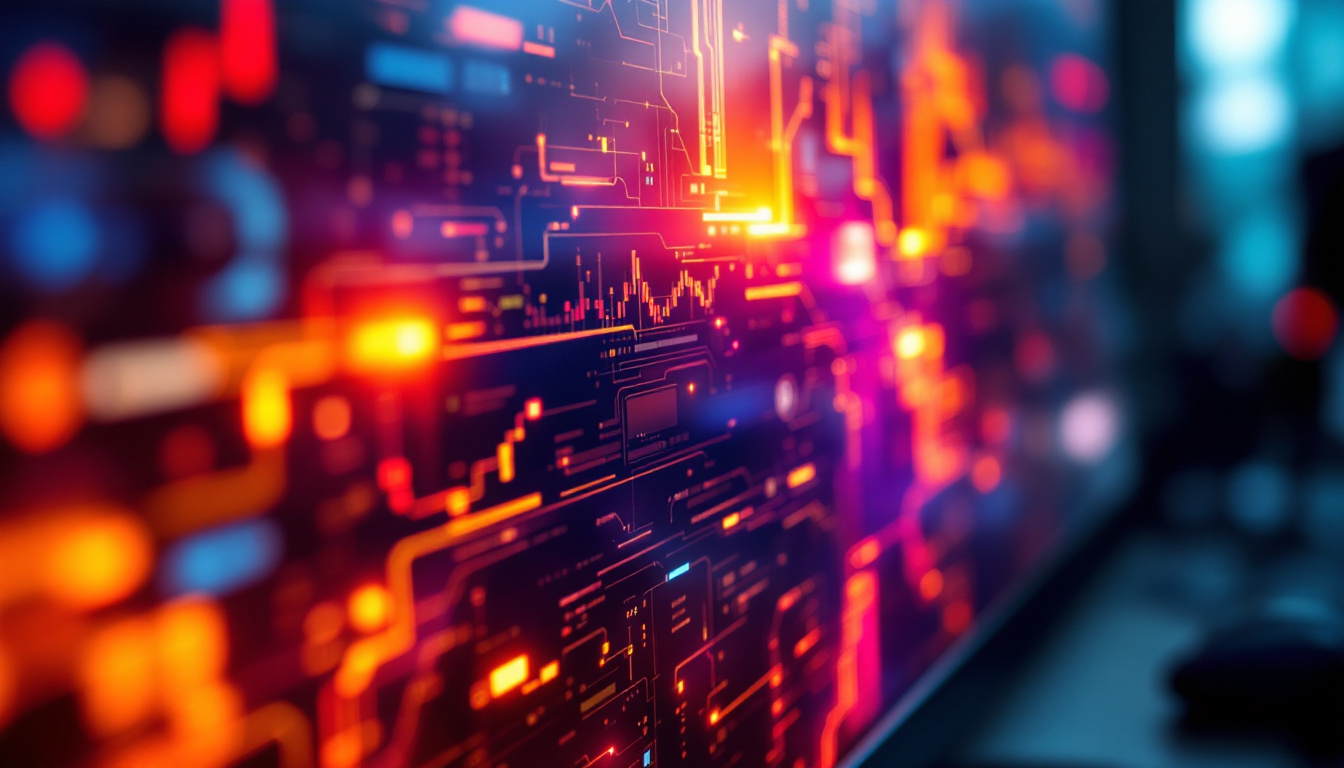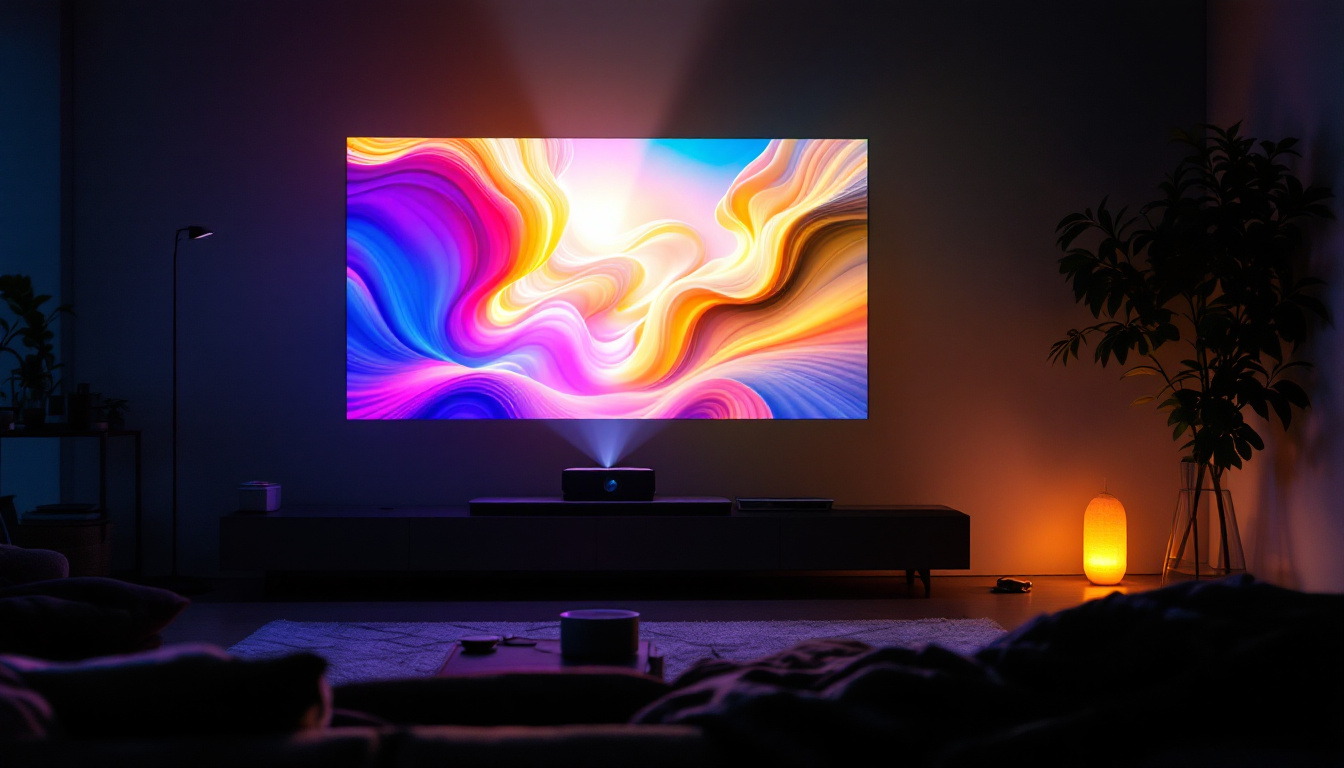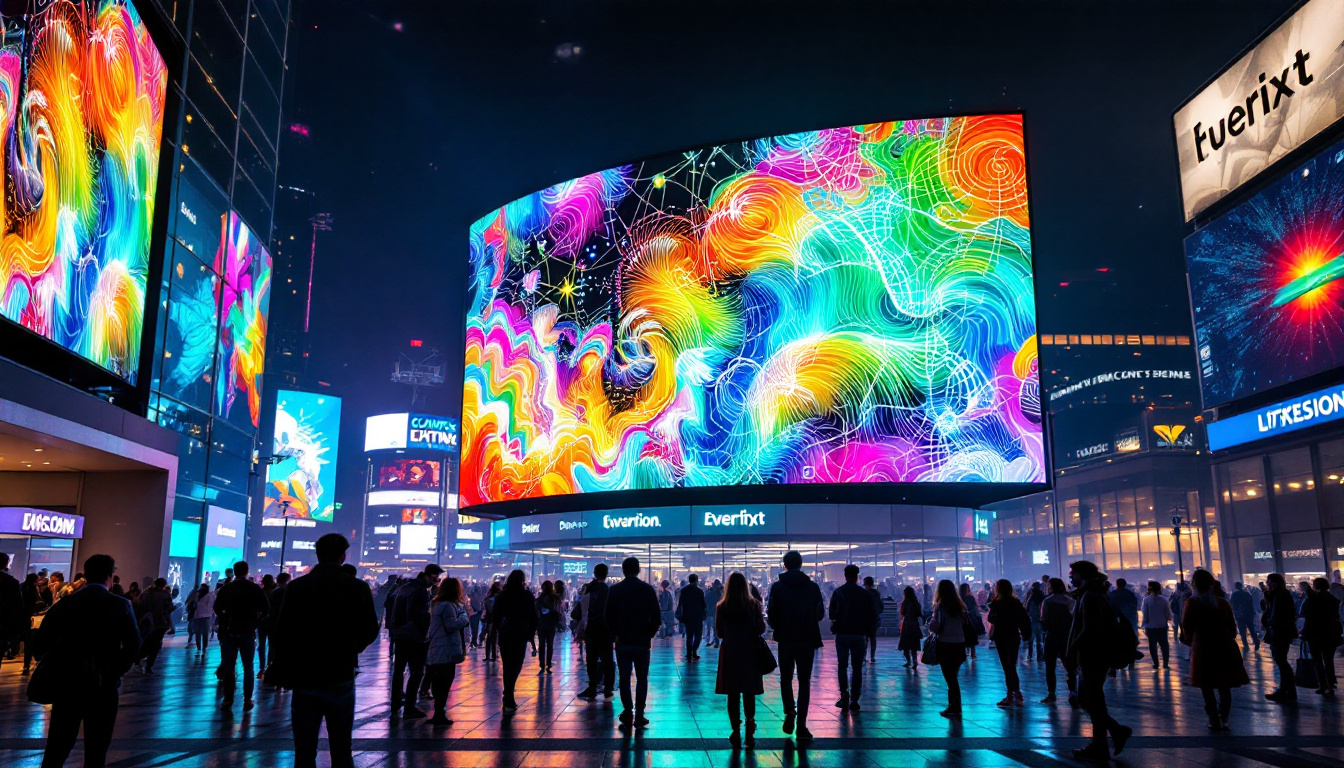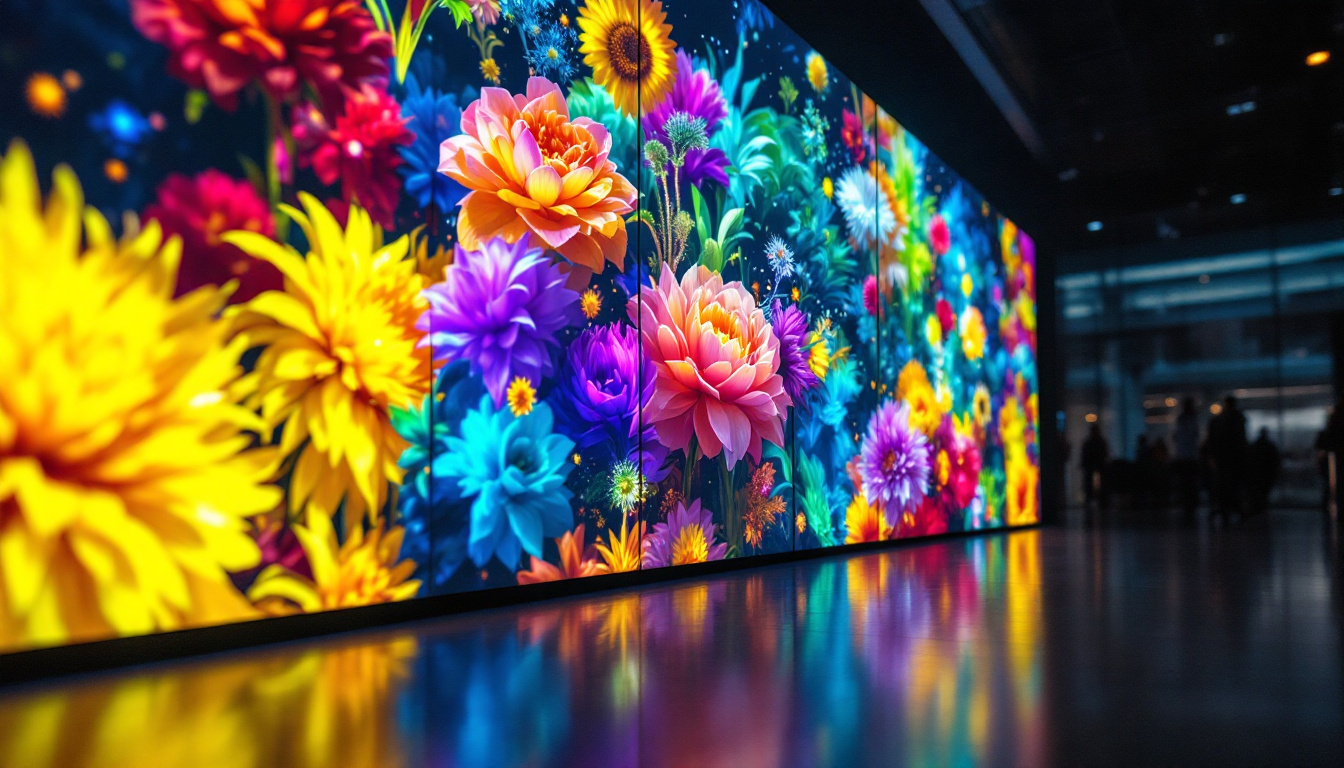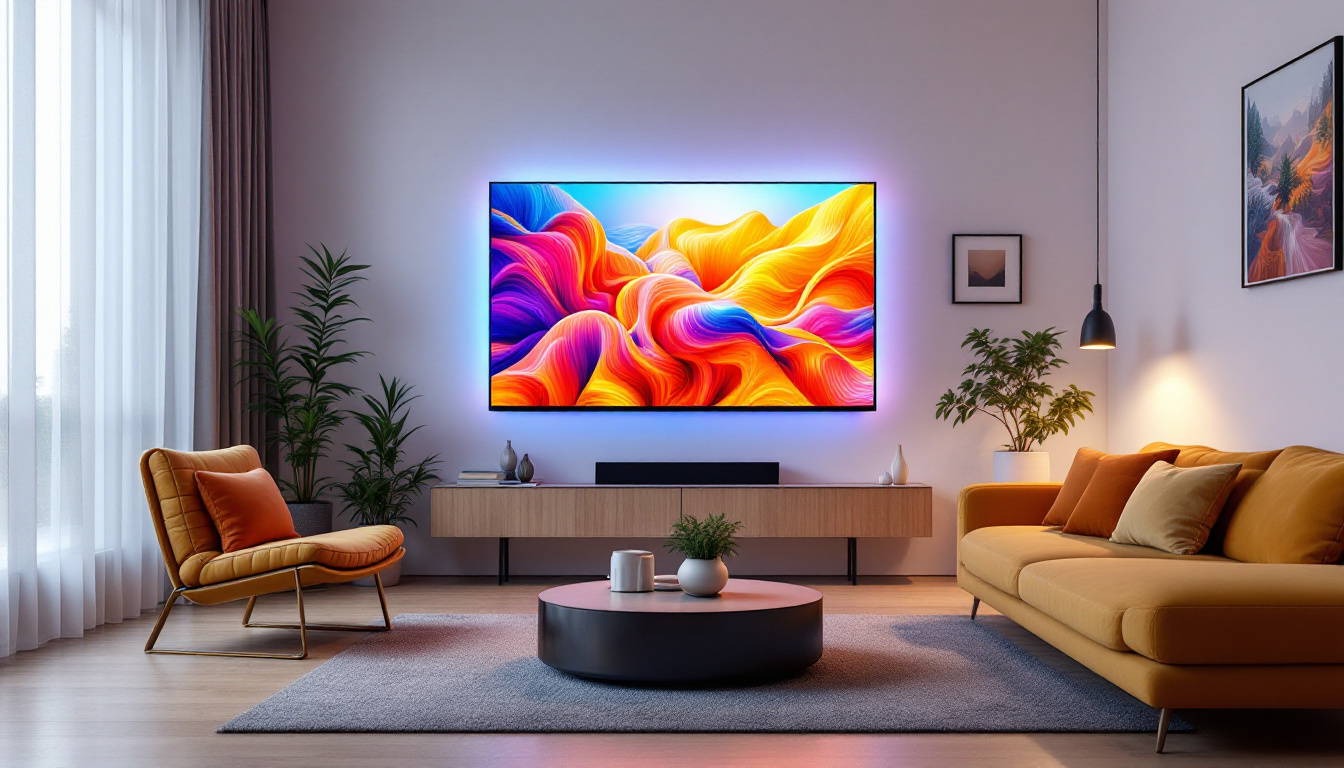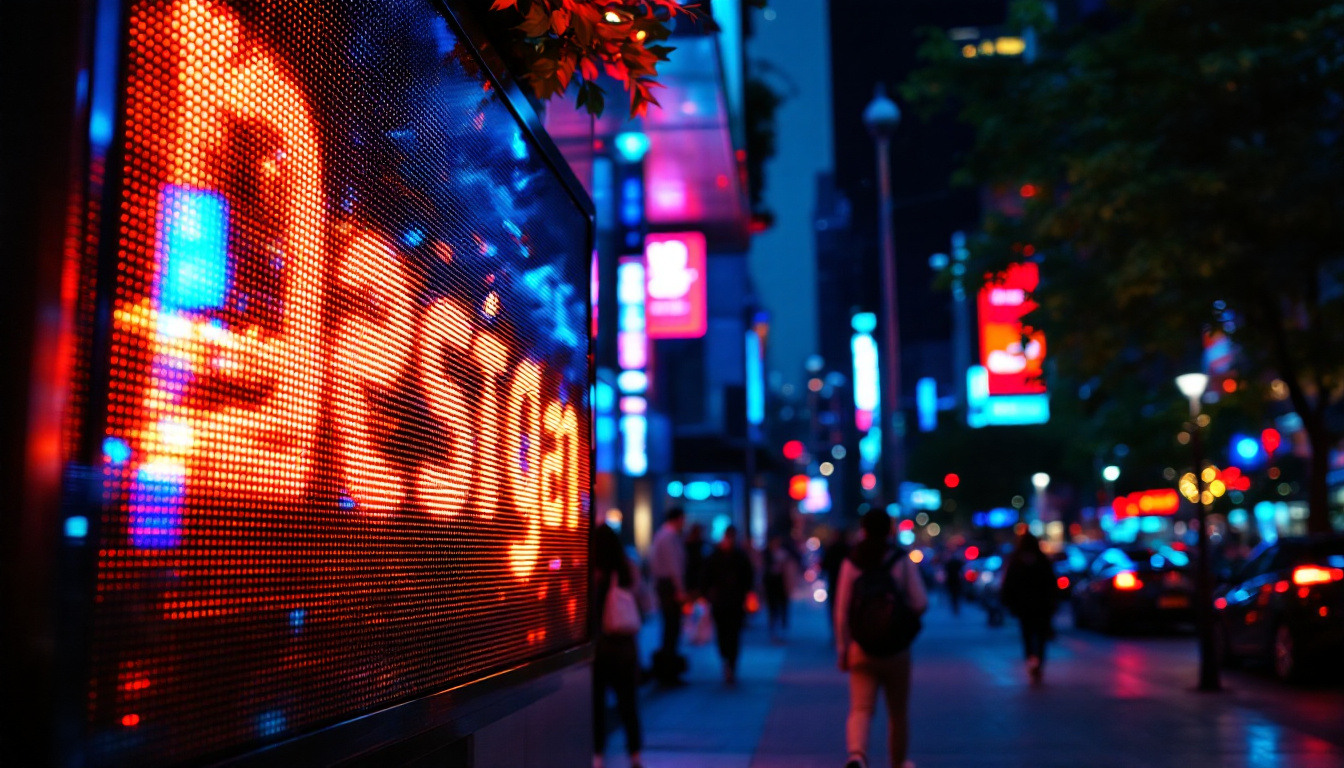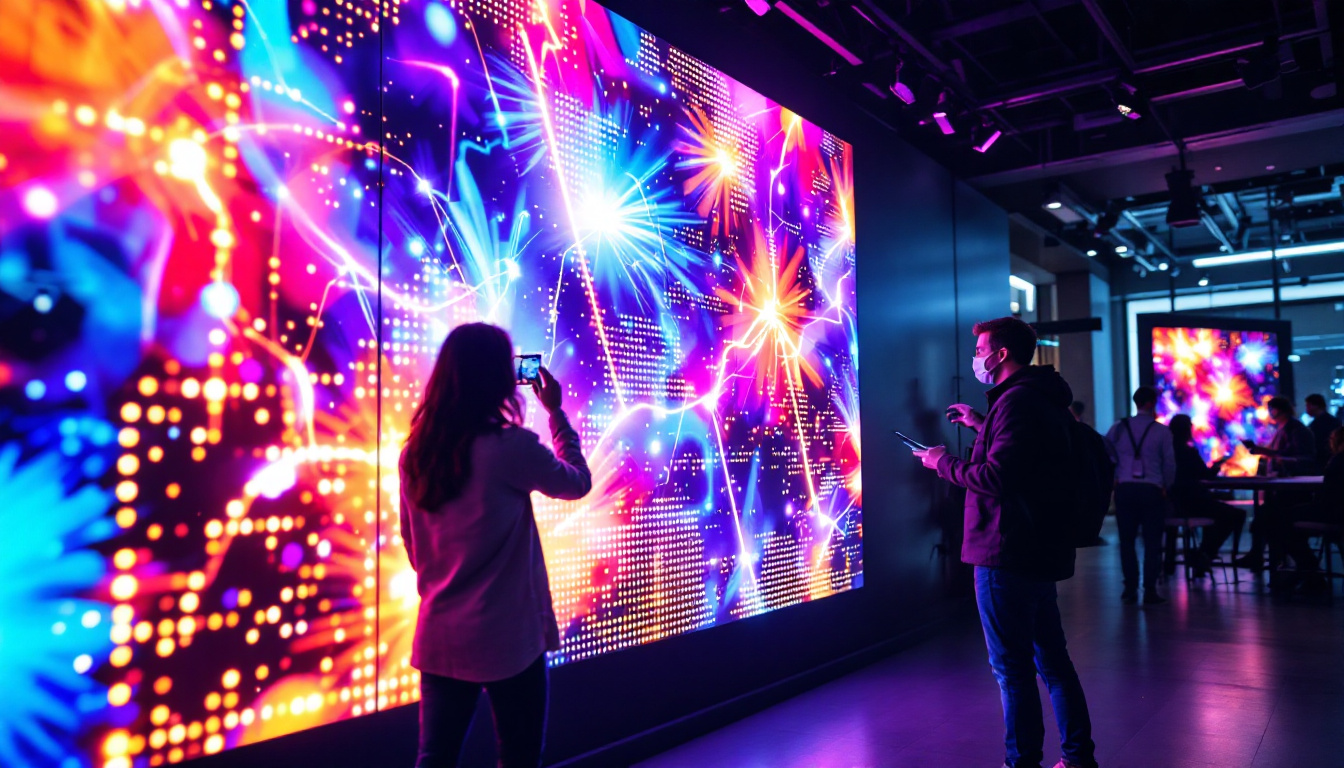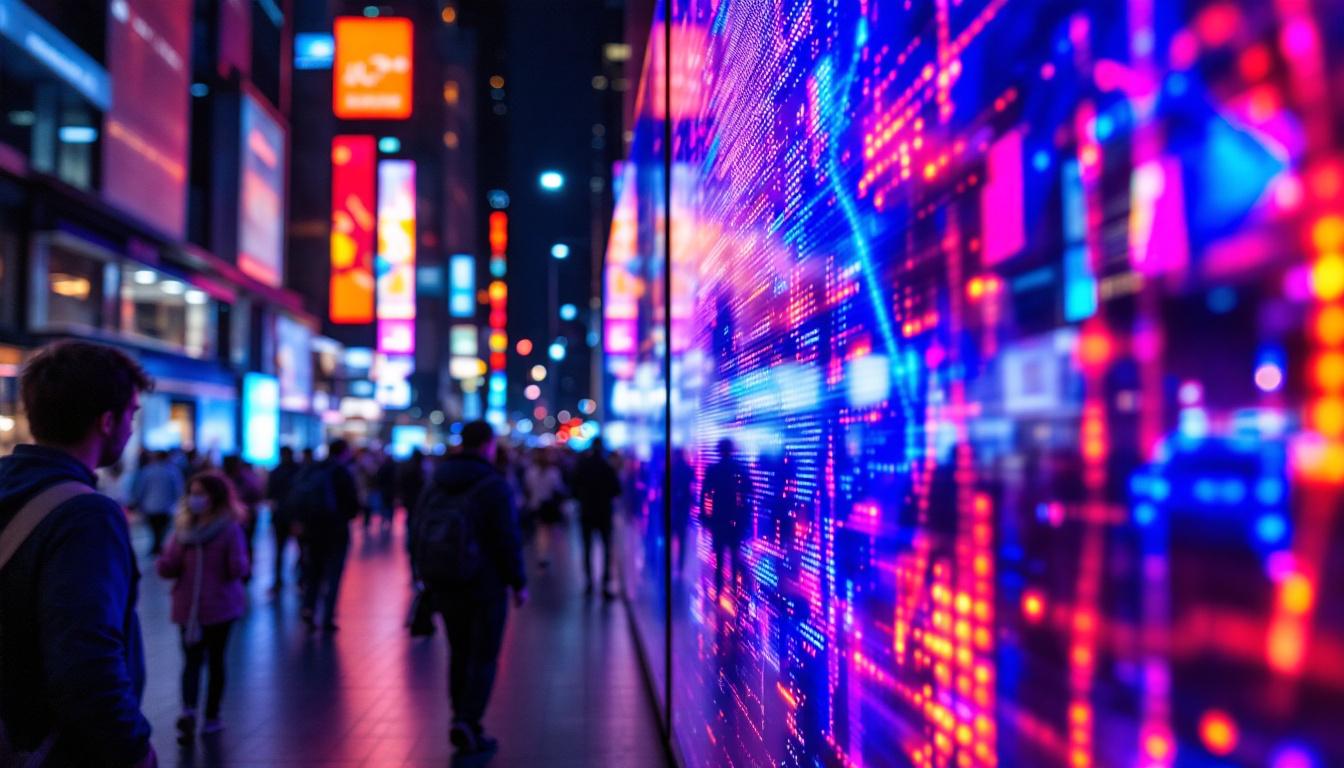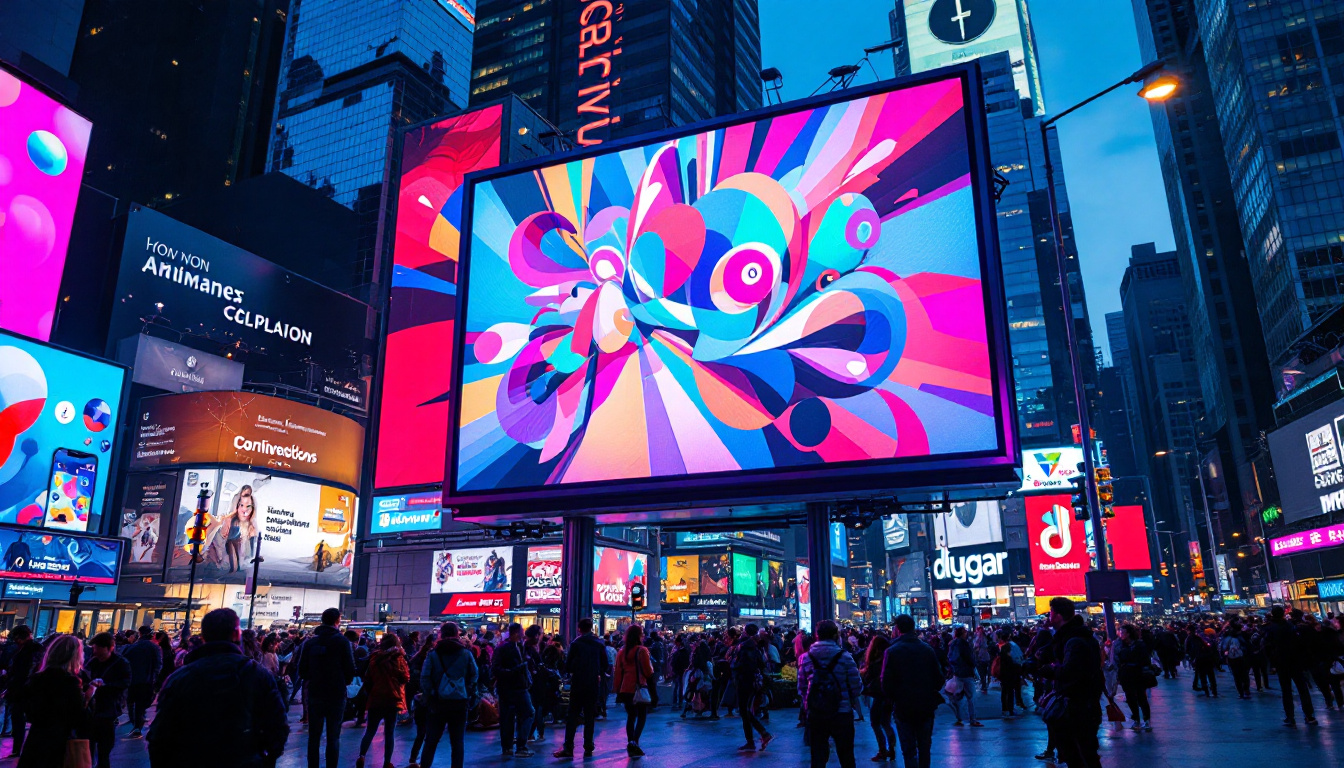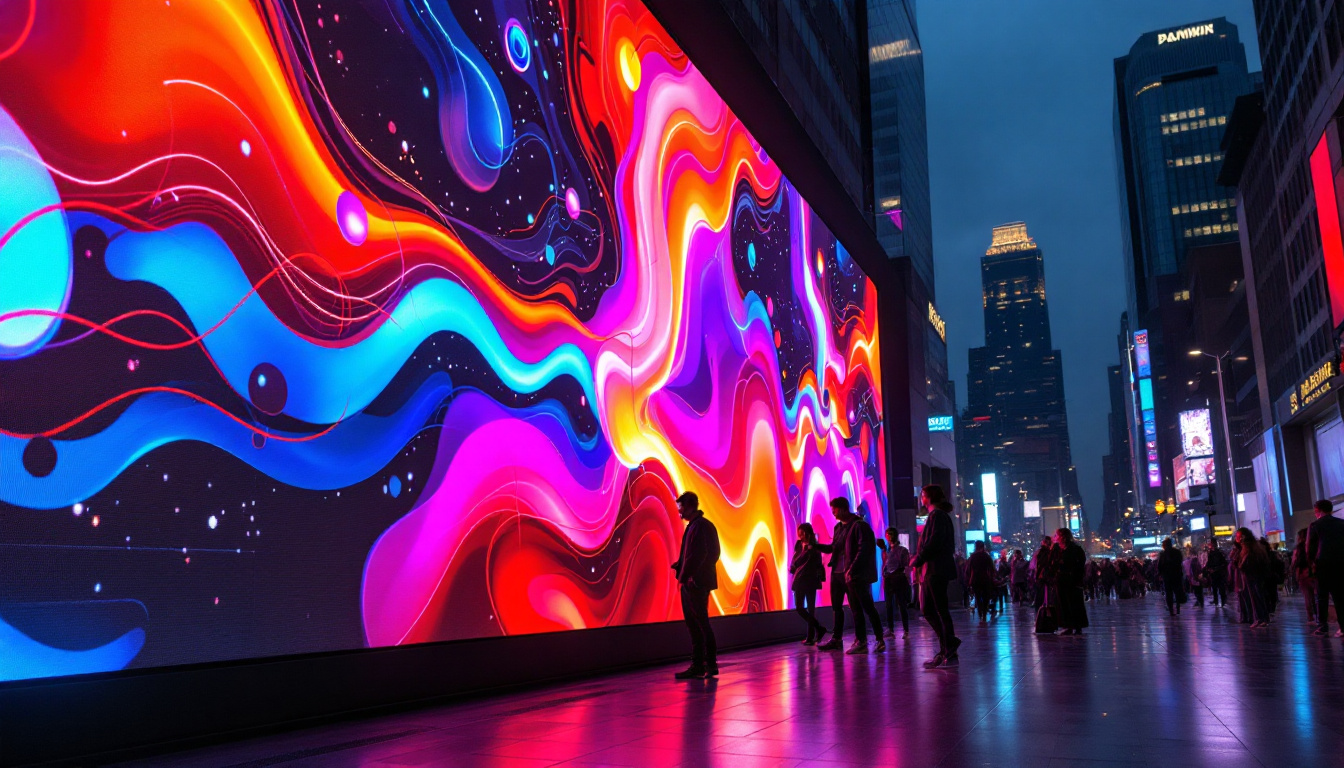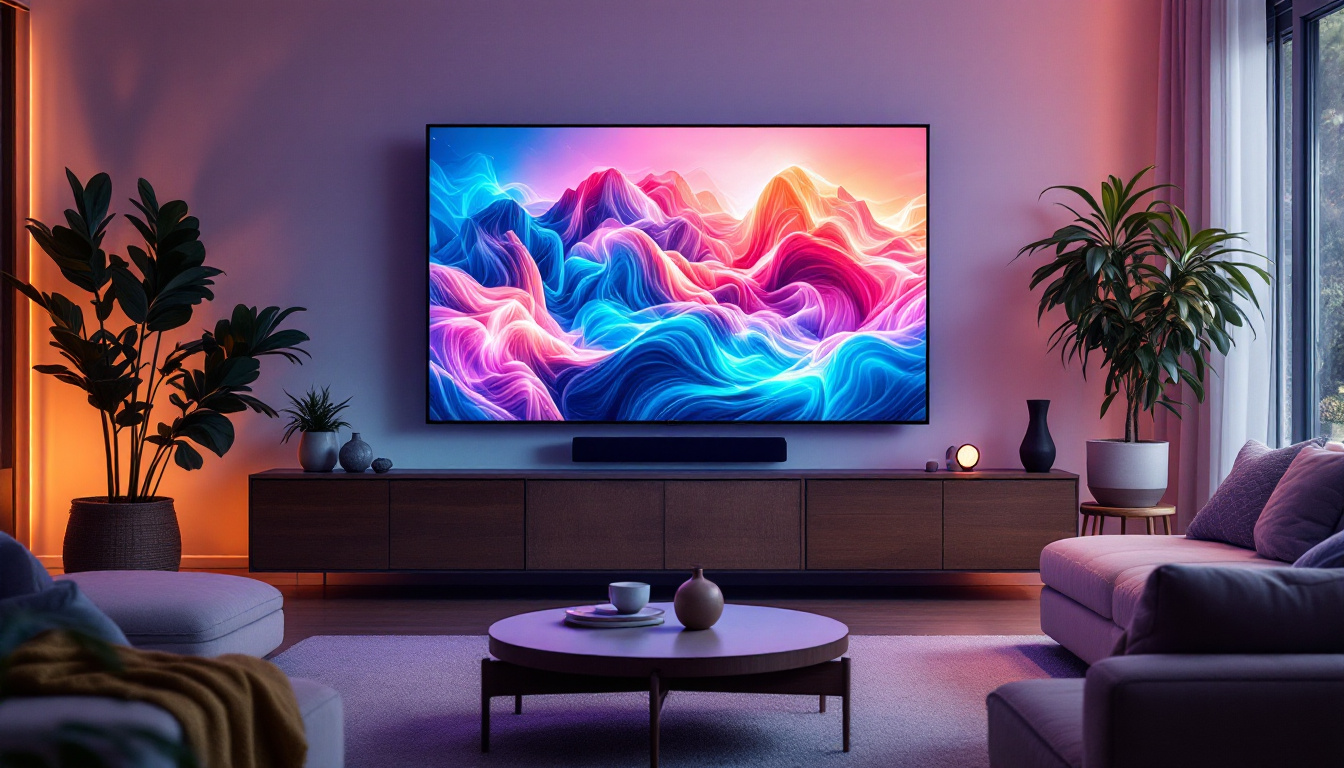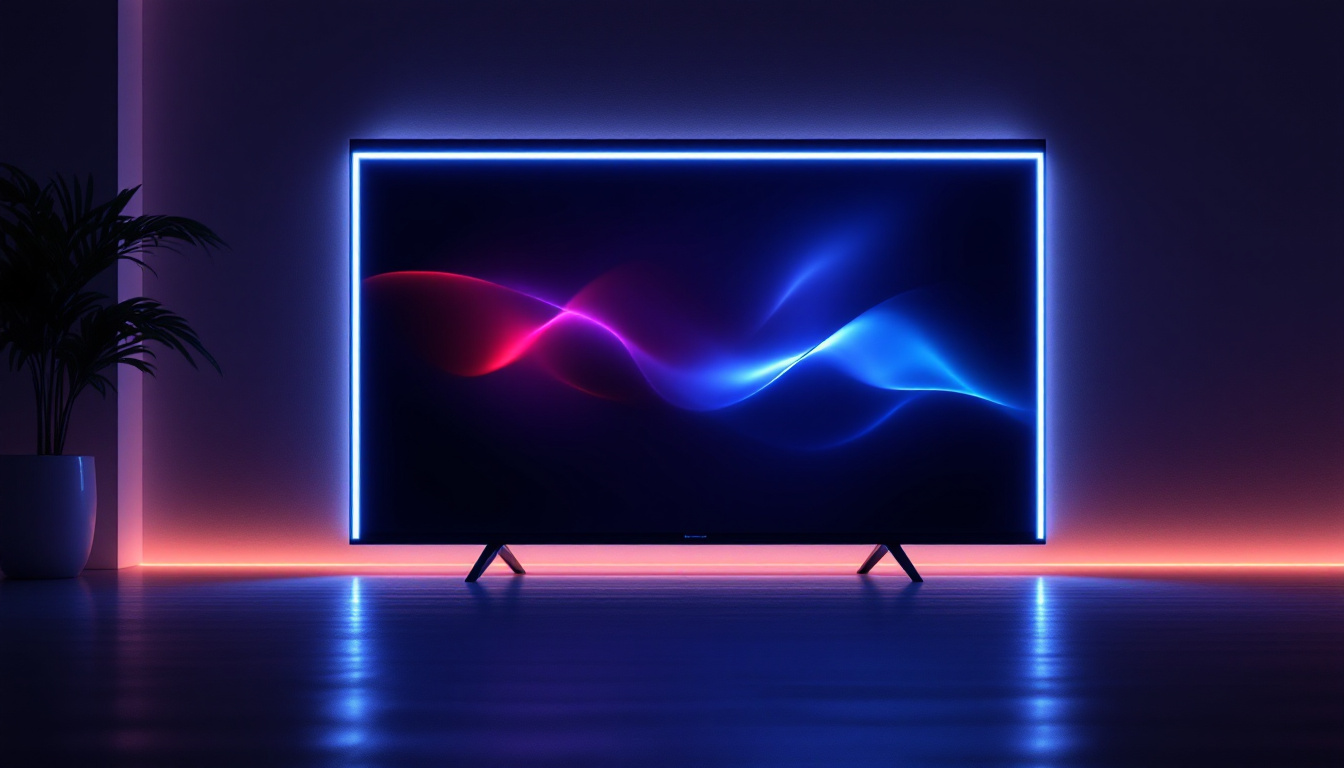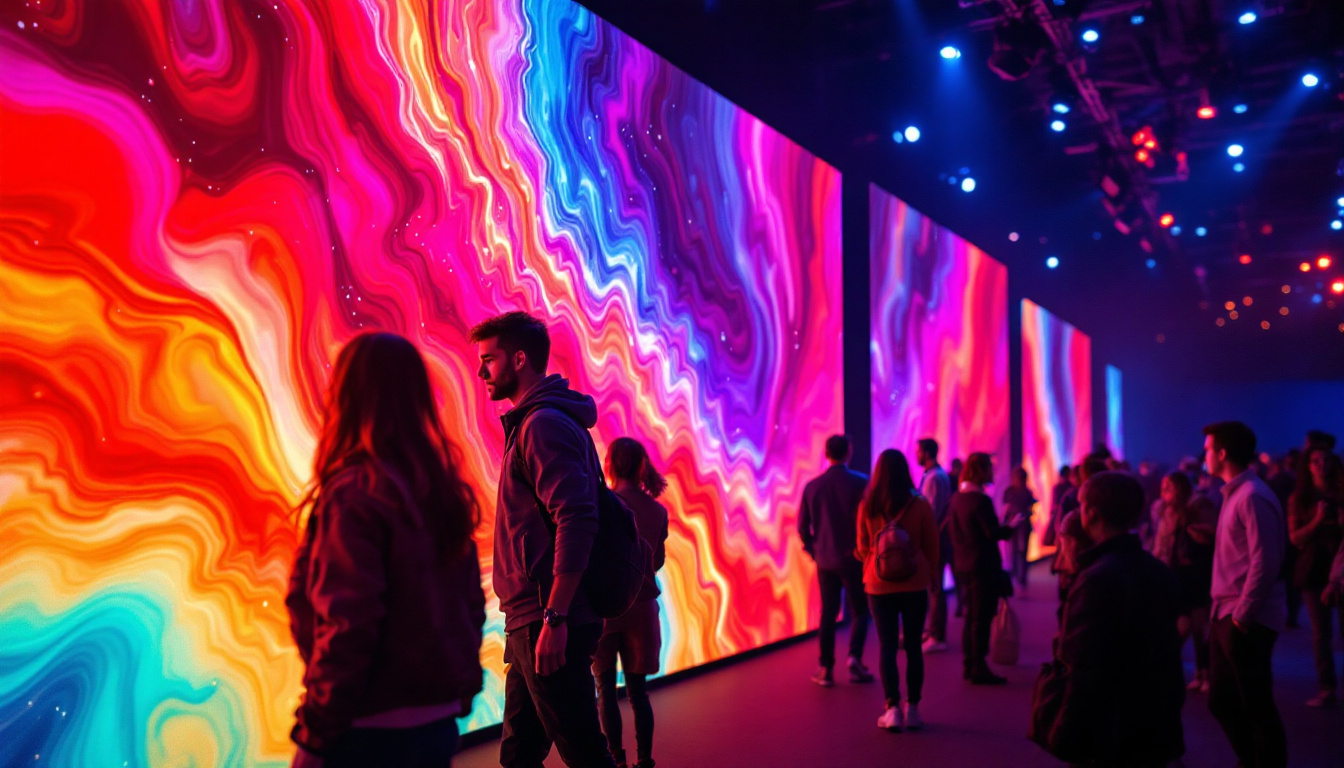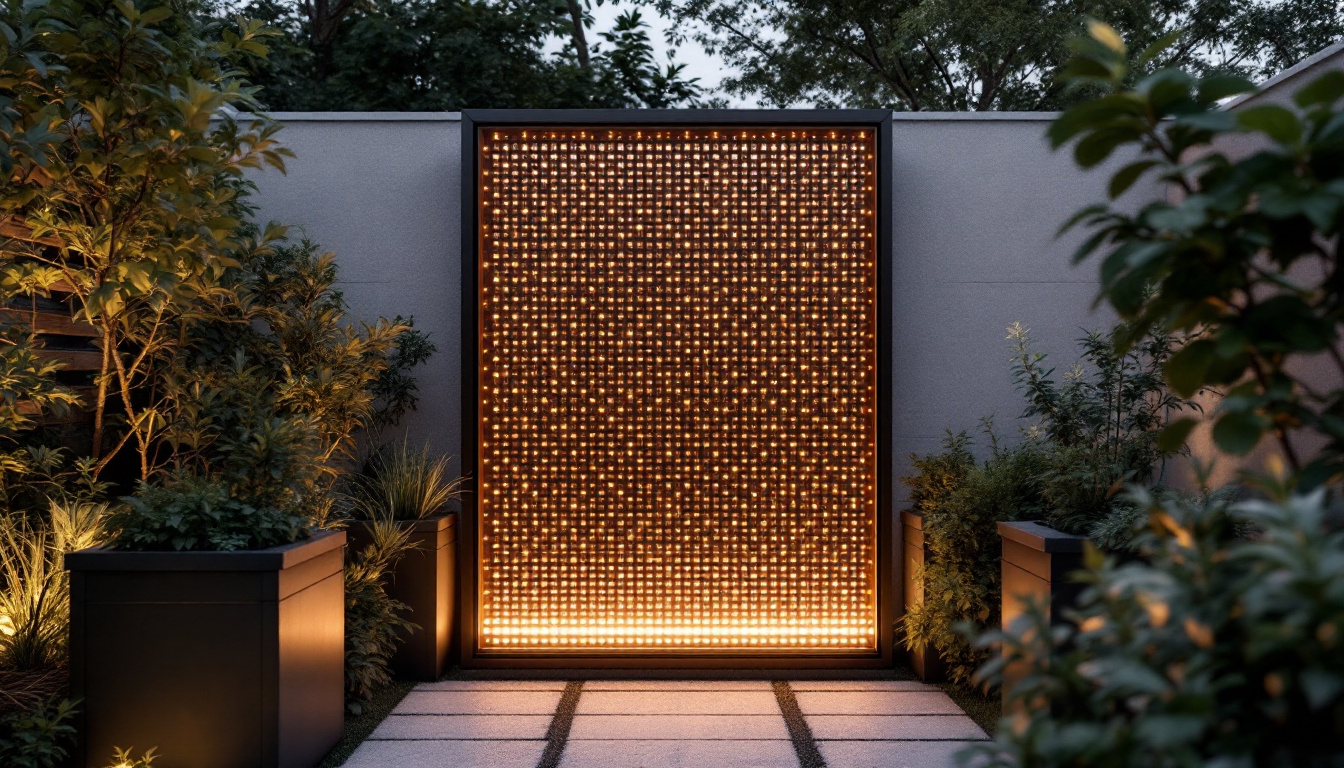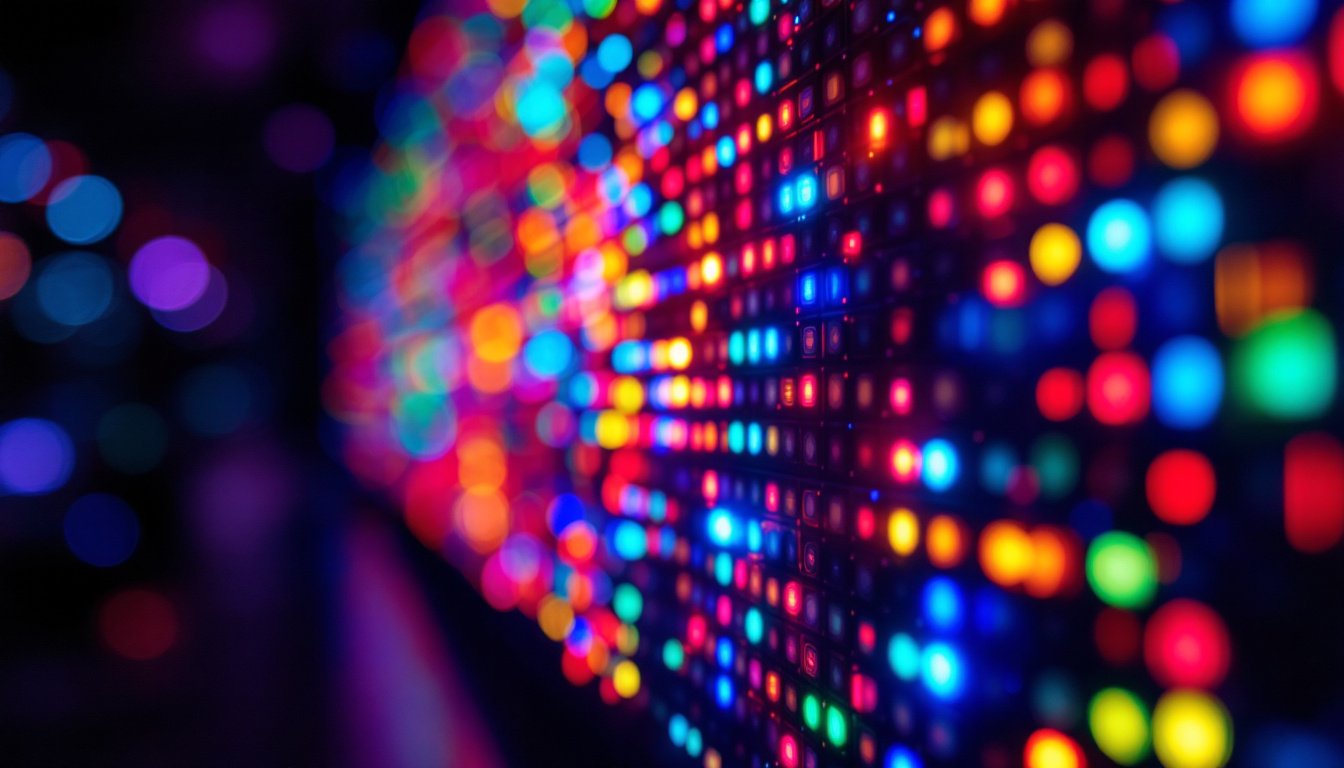In today’s fast-paced digital world, visual communication has become more crucial than ever. One of the most effective ways to convey information, advertisements, or entertainment is through LED displays. These vibrant and versatile display blocks have transformed how businesses and organizations engage with their audiences. This article delves into the intricacies of LED displays, exploring their technology, applications, advantages, and future trends.
Understanding LED Technology
At the core of LED displays lies the technology of Light Emitting Diodes (LEDs). These semiconductor devices emit light when an electric current passes through them, making them incredibly efficient and bright. Unlike traditional display technologies, LEDs offer a range of benefits that make them ideal for various applications. Their energy efficiency not only reduces electricity costs but also contributes to a lower carbon footprint, making them a more sustainable choice for consumers and businesses alike.
How LEDs Work
LEDs function by passing an electrical current through a semiconductor material, causing it to emit photons, which we perceive as light. The color of the light emitted depends on the materials used in the semiconductor. By combining different colors of LEDs—typically red, green, and blue (RGB)—displays can produce a full spectrum of colors. This RGB combination is fundamental to creating vivid images and videos on LED screens. Furthermore, advancements in technology have led to the development of white LEDs, which utilize a blue LED with a phosphor coating to create a broad spectrum of white light, enhancing their versatility in various lighting applications.
Moreover, LED technology allows for pixel-level control, meaning each pixel can be individually addressed and controlled. This capability leads to higher resolutions and better image quality, making LED displays suitable for everything from large outdoor billboards to small indoor screens. The rapid response time of LEDs also enables smooth video playback, making them an excellent choice for dynamic content, such as live sports broadcasts or interactive installations.
Types of LED Displays
LED displays come in various forms, each designed for specific applications. The most common types include:
- Direct View LED Displays: These displays consist of individual LED modules that create the image directly. They are often used for large outdoor advertising and sports arenas.
- LED Video Walls: Composed of multiple smaller LED panels, video walls can create large, seamless displays ideal for events, concerts, and control rooms.
- OLED Displays: A variation of LED technology, Organic Light Emitting Diodes (OLED) offer deeper blacks and better contrast ratios, making them popular for high-end televisions and mobile devices.
In addition to these common types, there are also specialized LED displays designed for niche markets. For instance, transparent LED displays are gaining popularity in retail environments, allowing for eye-catching advertisements while maintaining visibility through the glass. Similarly, flexible LED displays are being developed for innovative applications, such as wearable technology and curved surfaces, enabling designers to push the boundaries of traditional display formats. As technology continues to evolve, the potential for LED displays seems limitless, paving the way for even more creative and functional uses in our daily lives.
Applications of LED Displays
LED displays are incredibly versatile and can be found in a wide range of environments. Their applications span various industries, each leveraging the unique benefits that LED technology provides.
Advertising and Marketing
One of the most prominent uses of LED displays is in advertising and marketing. Businesses utilize large LED billboards in high-traffic areas to capture the attention of passersby. The dynamic nature of LED displays allows for rotating advertisements, real-time updates, and eye-catching animations that traditional static billboards simply cannot match.
Furthermore, indoor LED displays are increasingly used in retail environments. From digital signage showcasing promotions to interactive displays that engage customers, these technologies enhance the shopping experience and drive sales. Retailers can tailor their messages based on customer demographics and behaviors, ensuring that the content is relevant and timely. This targeted approach not only boosts customer engagement but also fosters brand loyalty, as shoppers are more likely to remember brands that communicate effectively through captivating visuals.
Entertainment and Events
In the entertainment industry, LED displays have revolutionized the way performances are presented. Concerts, theater productions, and sporting events now often feature massive LED screens that display visuals, enhance stage design, and provide information to the audience. The ability to create stunning visuals in real-time has transformed live events into immersive experiences. These displays can synchronize with music and performances, creating a cohesive atmosphere that captivates audiences and elevates the overall entertainment value.
Moreover, LED technology is prevalent in theme parks, where large displays provide information, entertainment, and interactive experiences for visitors. The flexibility and brightness of LED screens make them ideal for outdoor environments, ensuring visibility even in bright sunlight. Attractions often utilize LED displays to showcase thrilling ride videos, interactive games, and live updates about wait times, enhancing the visitor experience and keeping guests informed. This integration of technology not only entertains but also streamlines operations within the park, making it easier for guests to navigate their day.
Transportation and Public Information
LED displays play a critical role in transportation systems, providing essential information to commuters. Train stations, airports, and bus terminals utilize LED screens to display arrival and departure times, gate information, and other announcements. The clarity and visibility of LED displays ensure that passengers receive timely updates, enhancing their travel experience. Moreover, these displays can be programmed to show multiple languages, catering to diverse populations and improving accessibility for international travelers.
Additionally, LED displays are used for traffic management, displaying real-time information about road conditions, traffic signals, and alerts. This application contributes to improved safety and efficiency on the roads. Smart city initiatives are increasingly incorporating LED technology into their infrastructure, utilizing data analytics to provide drivers with up-to-date information on traffic patterns and potential hazards. By integrating LED displays with other smart technologies, cities can enhance urban mobility and promote safer driving conditions, ultimately leading to a more organized and efficient transportation network.
Advantages of LED Displays
LED displays offer numerous advantages over traditional display technologies, making them a preferred choice for many applications. Understanding these benefits can help organizations make informed decisions when investing in display solutions.
Energy Efficiency
One of the most significant advantages of LED displays is their energy efficiency. Compared to traditional incandescent or fluorescent displays, LEDs consume significantly less power, resulting in lower energy bills. This efficiency not only benefits the environment by reducing carbon footprints but also allows businesses to allocate resources more effectively.
Longevity and Durability
LED displays are known for their long lifespan, often lasting up to 100,000 hours or more with proper maintenance. This longevity reduces the need for frequent replacements, making them a cost-effective investment in the long run. Additionally, LED technology is more durable than traditional displays, as it is less susceptible to damage from impacts or environmental factors.
High Brightness and Visibility
LED displays are renowned for their high brightness levels, making them visible even in direct sunlight. This characteristic is particularly important for outdoor applications, where visibility can be a challenge. The vibrant colors and sharp contrast offered by LED technology ensure that messages are conveyed effectively, regardless of the surrounding conditions.
Challenges and Considerations
While LED displays offer numerous advantages, there are also challenges and considerations that organizations must keep in mind when implementing this technology.
Initial Costs
The initial investment in LED display technology can be substantial, particularly for large-scale installations. Organizations need to weigh the upfront costs against the long-term benefits, including energy savings and reduced maintenance expenses. For some businesses, financing options or leasing agreements may provide a viable solution to manage these costs effectively.
Technical Expertise
Implementing and maintaining LED displays often requires technical expertise. Organizations may need to invest in training staff or hiring specialized technicians to ensure that the displays operate optimally. This requirement can be a barrier for smaller businesses that may not have the resources to support such expertise.
Content Management
Creating and managing content for LED displays can be a complex task. Organizations must develop engaging and relevant content that captures the attention of their audience. Additionally, content needs to be updated regularly to keep it fresh and relevant. Investing in content management systems and creative resources can help streamline this process.
Future Trends in LED Display Technology
As technology continues to evolve, so too does the landscape of LED displays. Several trends are shaping the future of this industry, promising even more innovative applications and improvements.
Advancements in Resolution
One of the most exciting trends in LED display technology is the continuous improvement in resolution. As pixel density increases, displays can achieve higher resolutions, allowing for more detailed images and videos. This trend is particularly important for applications requiring high-quality visuals, such as digital art installations and advertising.
Integration with Smart Technology
The integration of LED displays with smart technology is another significant trend. As the Internet of Things (IoT) continues to expand, LED displays can be connected to other devices and systems, enabling real-time data sharing and interactivity. This integration can enhance user experiences, allowing for personalized content and dynamic interactions.
Sustainability Initiatives
With growing concerns about environmental sustainability, the LED display industry is also focusing on eco-friendly practices. Manufacturers are exploring ways to reduce the environmental impact of production processes and improve the recyclability of display materials. As consumers become more environmentally conscious, businesses that prioritize sustainability will likely gain a competitive edge.
Conclusion
LED displays have become an integral part of modern communication, transforming how information is presented and consumed. With their vibrant colors, energy efficiency, and versatility, LED displays are poised to continue their growth across various industries. As technology advances, the future of LED displays promises even more exciting developments, making them a crucial tool for businesses looking to engage their audiences effectively.
In summary, understanding the technology, applications, advantages, and future trends of LED displays can empower organizations to make informed decisions about their visual communication strategies. Embracing this technology not only enhances engagement but also positions businesses at the forefront of innovation in an increasingly digital world.
Illuminate Your Message with LumenMatrix
Ready to elevate your visual communication and captivate your audience with unparalleled clarity? Discover the innovative world of LumenMatrix LED display solutions. From vibrant Indoor and Outdoor LED Wall Displays to dynamic Vehicle and Sports LED Displays, our extensive range of products, including LED Poster Displays, Floor LED Displays, Custom LED Displays, and All-in-One LED Displays, is designed to revolutionize your brand’s presence. Experience the future of digital signage with our LED Transparent Displays and let LumenMatrix help you create impactful visual experiences. Check out LumenMatrix LED Display Solutions today and transform your visual storytelling.

